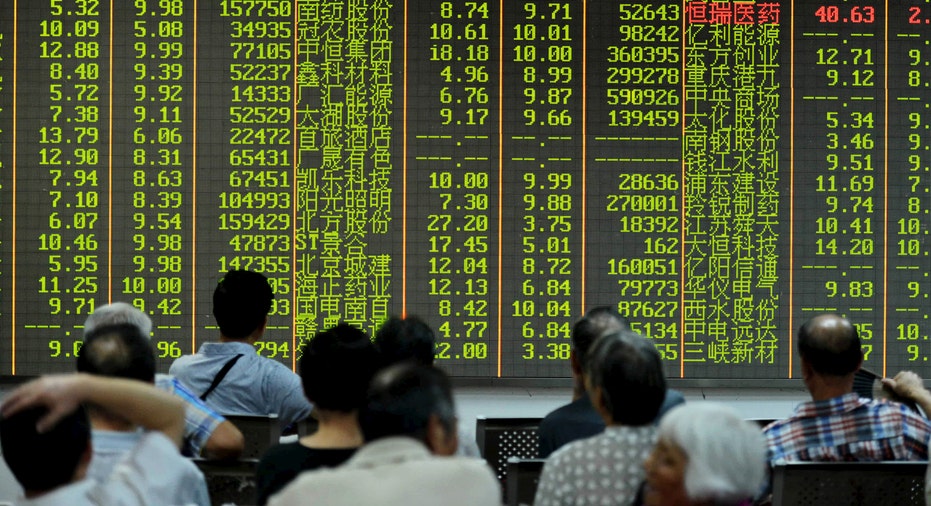World Bank Again Cuts Global Growth Forecasts

Souring prospects in the world's largest emerging markets are darkening an already cloudy outlook for the global economy, the World Bank said on Wednesday, as it cut growth forecasts for the third straight year.
Deeper contractions than expected in Brazil and Russia and meeker output in most of the world's biggest economies, including the U.S. and China, led the international development institution to downgrade its forecast for global growth in 2016 by 0.4 percentage point to 2.9%. That is up slightly from last year's downward-revised growth rate of 2.6%.
Recoveries in the U.S. and Europe were weaker than hoped as a strong dollar weighed upon U.S. exports, while slowing trade in general muffled meager expansions in the eurozone and Japan.
"There are severe fault lines beneath the surface," said Kaushik Basu, the bank's chief economist. "The global economy, and in particular the emerging economies, could hit a severe road bump."
Global markets began the new year on a dour note, after another batch of weak Chinese data frightened investors. Emerging-market currencies have tumbled, stock prices fallen and jittery investors pushed the dollar higher to seek the relative safety of investments in the U.S.
The World Bank said U.S. gross domestic product would expand 2.7% in 2016, a rate of growth slightly higher than last year's 2.5%, though 0.2 percentage point lower than the bank's previous forecast. It also cut its outlook slightly for China to 6.7%, the slowest growth rate since 1990.
Last year's plunge in world commodity prices and an accelerating economic slowdown in China are highlighting fundamental weaknesses in developing economies reliant on exports and cheap debt to fuel growth. Emerging-market debt levels have hit record highs and continue to rise.
Not since the 1980s has growth in major developing economies slowed for three consecutive years, the bank said.
As economic prospects dim, borrowing costs rise and the dollar strengthens, swelling debt levels that threaten a host of problems. Economists predict a spate of corporate defaults across emerging markets that may hit the financial sector, burden state balance sheets and crimp lending that is vital to spurring growth.
The World Bank cut its forecasts for developing countries in general for the year by more than half a percentage point to 4.8%. That forecast rests on a smooth Chinese slowdown, stabilization in commodity prices and a gradual increase in borrowing costs. "All of these assumptions, however, are subject to substantial downside risks," the World Bank warned.
Three risks loom largest, the bank said. An unexpected nosedive in Chinese growth could spark global market turbulence. Borrowing costs could jump if the U.S. Federal Reserve signals a more aggressive rate-increase strategy. And growth in the largest developing economies—Brazil, Russia, India, China and South Africa—could be even worse than economists predict.
"This year will present the biggest test for emerging markets since the global financial crisis," said Ayhan Kose, the lead author of the report.
Although China and India have begun overhauling their economies in ways that boost their capacity to grow and encourage investment, they are largely anomalies among emerging markets. Few others used an era of strong growth to roll out policies that boost productivity and make them more competitive. That situation has contributed to a major lowering in economists' expectations for growth potential.
"Institution-building and reform has not kept pace with GDP growth, and the resulting discrepancy will make it challenging for many [emerging markets] to overcome problems associated with premature aging," the Institute of International Finance, a global banking trade group, said in a report to its members also published on Wednesday.
But unlike during the financial crisis, developing economies have much more limited space in their budgets and monetary policy to fuel growth, the World Bank and other economists say.
By Ian Talley